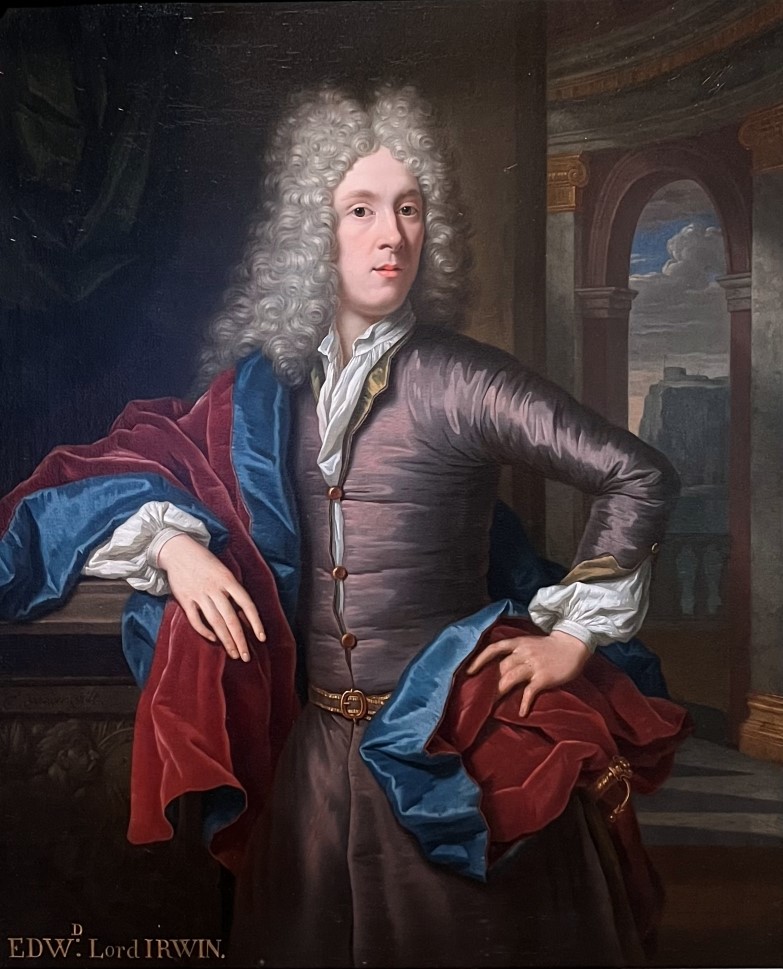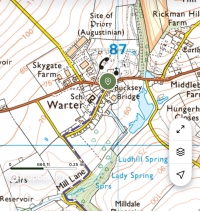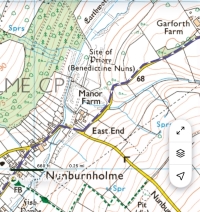There are lots of potential A223 links with Temple Newsam on the outskirts of Leeds. You could go with the builder of the original house (finished around 1520) - Thomas Lord Darcy - who became embroiled in the Pilgrimage of Grace and was executed for treason as a consequence. Alternatively, you could fast-forward two hundred years to 1720, when Rich, the fifth Viscount Irwin, lost heavily in the South Sea Bubble - the family fortunes went through rocky times, dependent on a mortgage, until the next generation managed to marry into some serious money.

But on a recent visit I was drawn in by the display and story of Edward, fourth Viscount Irwin (brother of Rich, and in fact brother of Viscount Irwins 5 to 8 !!)
Edward is pictured below on the left, aged about 19 - the portrait on the right is his tutor, John Haccius. Apparently the portraits were commissioned as a pair at the start of Edward's Grand Tour when they were in the Netherlands - his trip would last from 1705-1707. 

Edward was supposed to be studying at the University of Leiden, but got himself involved in a duel, and had to get out of town quickly! He was still dependent on his family as trustees for his finances and apparently his correspondence home is largely about trying to get more money out of them. It seems his trustees were unhappy with John Haccius for not having kept better control of his student - and demanded that he was dismissed. Whilst this may have occurred, Haccius continued to travel with Edward as his Grand Tour took in Dusseldorf, Cologne and Augsburg and on into Italy, where he visited Siena, Rome, Lucca, Florence, Genoa and Venice.
Whilst in Venice (where he was recorded as 'making a commotion at Balls and at feasts' with aristocratic friends) Edward came into control of his finances - and had a number of artworks commissioned with the intention of decorating Temple Newsam - many are still displayed there, but Edward never had long to enjoy them - as he died of smallpox in 1714 aged 28.
I think it was the quality of the portraits which initially captured my interest - and then the elements of drama and story-telling in the display (this was presented in small boards and accompanying videos) which was based around examination of correspondence in the family archives. It also gave an opportunity to explore the research tool 'The Grand Tour' which was highlighted in the module - it includes a brief account of Edward's travels and the archival material held about them.



